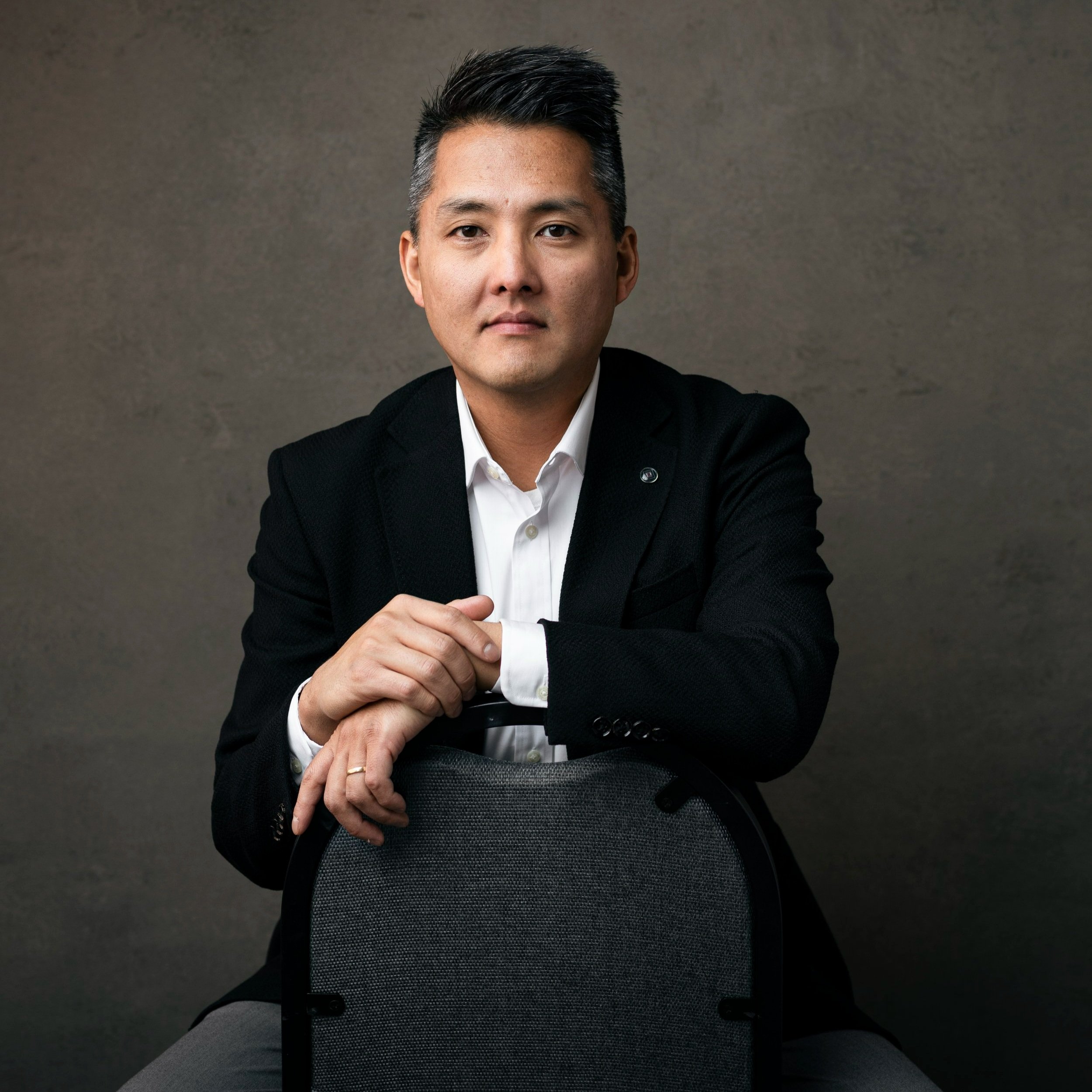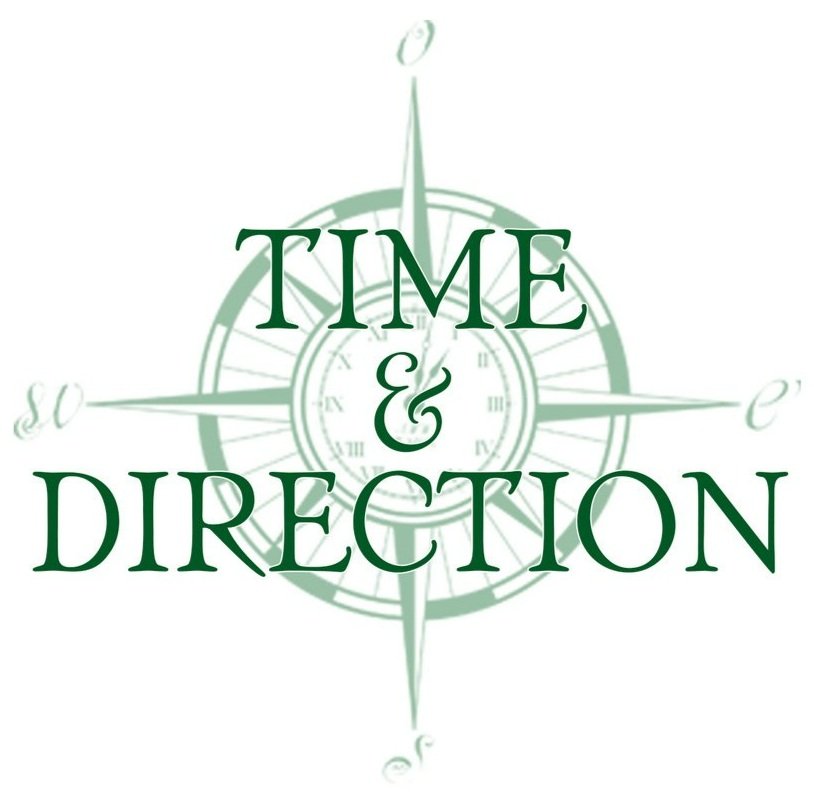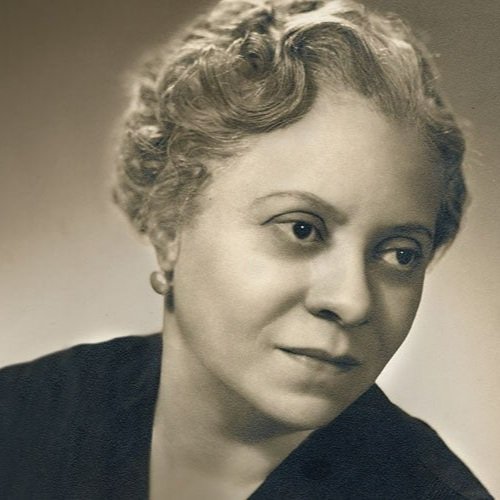Tuesday, November 14, 2023
7:00 PM — 9:00 PM
Cordiner Hall (map)
Google Calendar | ICS
Not sure what to wear? Where to park? When to clap? Check out our Concert Guide!
“This concert features three composers who sought belonging in Western-European musical traditions that were not their own. Each struck a careful balance: They engaged the musical style of composers who came before them but also aimed to craft their own unique voice. In this program, Clarice Assad reckons with Bach; Florence Price with Tchaikovsky; and Sibelius with Beethoven, Brahms, and Wagner. Each of these pieces represents the moment its composer broke through. At this concert we will explore together how each composer found a way to nod to tradition while simultaneously lifting up their own voice, heritage, and identity along the way.”
– John Young Shik Concklin
Join us after the performance for a half-hour Q&A session with John Young Shik Concklin, led by Jamey Lamar
John David Earnest - Hatzdah l’Yaacov (Salute to Yaacov) for Trombone Quartet
Dave Glenn, Doug Scarborough, Dick Counsell, Bill Gilbert, trombone
Clarice Assad - Suite for Lower Strings
Florence Price - Violin Concerto No. 1
Siwoo Kim, violin
Jean Sibelius - Symphony No. 2 in D Major, Op. 43
Siwoo Kim's appearance is made possible by the WW Symphony Guest Composer/Artist Fund - Underrepresented Voices
John Young Shik Concklin's appearance is made possible by the Katherine and Walter Weingart Guest Artist Endowment
Subscriptions are now on sale. Single tickets will be available on Monday, October 16.
WINE SPONSOR
Wine from our wine sponsor will be available before the concert and during intermission for $5/glass (all proceeds benefit the Walla Walla Symphony).
About the Guest Artist
Siwoo Kim, violin
Siwoo Kim is a captivating violinist known for his stylistic sensitivity and incisive playing. He's received critical acclaim for his performances, including the world premiere of Samuel Adler's violin concerto, recorded on Linn Records. Siwoo has graced prestigious stages like Carnegie Hall and collaborated with renowned artists worldwide.
As the co-founding artistic director of VIVO Music Festival in Columbus, Ohio, Siwoo showcases his passion for music. He's also a chamber musician and was part of Quartet Senza Misura, earning praise for their whip-smart performances.
Siwoo's impressive accolades include winning the 2012 King Award for Young Artists and achieving recognition in various competitions. He completed his studies at The Juilliard School and pursued a two-year fellowship with Carnegie Hall's Ensemble Connect.
Siwoo plays a 1753 “ex-Birgkit” Giovanni Battista Guadagnini violin, generously loaned through Rare Violins In Consortium.
Program Notes
© John David Earnest, 2023
JOHN DAVID EARNEST
Hatzd’ah l’Yaacov (Salute to Yaacov)
for Trombone Quartet
Date of Composition: 2023
Last WWS performance: First performance at this concert
Approximate length: 5 minutes
When Maestro Bergman announced his retirement at the end of the 2022-2023 season, plans were made to honor his thirty-six-year tenure as Music Director and Conductor of the Walla Walla Symphony, a remarkable career distinguished by his extraordinary musical gifts, his devotion to the artistic growth of the orchestra, and his collegial working relationship with the musicians, the board, the staff, and the Walla Walla community. I was fortunate to be among the many living composers whose music Yaki championed, so it was a privilege to honor his retirement by composing this short quartet for four trombone players, each one a current or former trombonist with the Walla Walla Symphony. The music of the quartet was intended as a fanfare of gratitude, a celebration of Yaki, and a spirited ‘hail and farewell’. That was then. The past few weeks have created a different reality for us. Now we are saddened by his passing, but this ‘Salute to Yaacov’ still resonates with the same admiration and affection I felt for him and inspired the creation of this music in his honor. I am deeply grateful to the four wonderful musicians for whom the quartet was written and who will play the piece this evening: Dave Glenn, Doug Scarborough, Dick Counsell, and Bill Gilbert.
CLARICE ASSAD
Suite for Lower Strings
Date of Composition: 2009
Last WWS performance: First performance at this concert
Approximate length: 15 minutes
A powerful communicator renowned for her musical scope and versatility, Brazilian-American Clarice Assad is a significant artistic voice in the classical, world music, pop, and jazz genres and is acclaimed for her evocative colors, rich textures, and diverse stylistic range. A prolific Grammy Award–nominated composer with more than 70 works to her credit, she has been commissioned by internationally renowned organizations, festivals, and artists and is published in France (Editions Lemoine), Germany (Trekel), Brazil (Criadores do Brasil), and the U.S. (Virtual Artists Collective Publishing). An in-demand performer, she is a celebrated pianist and inventive vocalist who inspires and encourages audiences’ imaginations to break free of often self-imposed constraints. Assad has released seven solo albums and appeared on or had her works performed on another 34. Her music is represented on Cedille Records, SONY Masterworks, Nonesuch, Adventure Music, Edge, Telarc, NSS Music, GHA, and CHANDOS. Her innovative, accessible, and award-winning VOXploration series on music education, creation, songwriting, and improvisation has been presented throughout the world. Sought-after by artists and organizations worldwide, the multi-talented musician continues to attract new audiences both onstage and off. (Bio from the Clarice Assad website)
The composer has written the following program note:
Suite for Lower Strings (2009) is a five-movement fantasy on well-known themes by J.S. Bach. The work emphasizes the string section’s lower voices: viola, cello, and bass. Typically, in Baroque music, the melody was given to the higher instruments — but the suite, commissioned by the New Century Chamber Orchestra, was specifically tasked to showcase the often under-used lower instruments. Each of the suite’s short movements presents Bach’s popular and recognizable melodies, often varying and combining them with elements from twentieth-century styles.
FLORENCE PRICE
Violin Concerto No. 1 in D Major
Date of Composition: 1939
Last WWS performance: First performance at this concert
Approximate length: 24 minutes
An unknown composer was launched on a distinguished career on June 15, 1933, when the Chicago Symphony Orchestra, under the direction of the renowned Frederick Stock, performed a new symphony by an American composer. The work had previously won a prize and a performance by the famous orchestra followed. However, the unusual aspect of this event was that the composer of the work was a woman who was black. Her name was Florence Price, and she became the first female African American composer to earn a national reputation, and to have a symphony performed by a major orchestra. Price had considerable fame during her lifetime and her music was performed by many famous artists during the 1930s and 1940s. After her death in 1953, however, her music was less frequently performed, and her reputation waned. But, happily, in recent years she has deservedly come to be recognized as a significant American composer.
Born in Little Rock, Arkansas, Florence Price was raised in a comfortably affluent family which later migrated to Chicago. She received early music instruction from her mother, then continued her studies at the New England Conservatory of Music in Boston where she was a student of George Whitefield Chadwick, the Director of the Conservatory, and graduated in 1906. She was an accomplished pianist and several of her short piano pieces were published, and in 1932, she won four prizes in the prestigious Wanamaker Prize competition. Her best-known work is the Piano Concerto from 1934; it was performed by the Walla Walla Symphony with Karen Walwyn as soloist and conducted by Maestro Yaacov Bergman a few seasons ago.
Price’s first violin concerto was written in 1939, but there is no record of a performance of the work during her lifetime. In fact, the concerto was not even discovered until 2009, when a renovation of Price's former summer home revealed dozens of manuscripts, including two violin concertos. Her work is a skillful amalgam of the European-American influences she learned in her years at the Conservatory, augmented by her affinity for Black vernacular idioms such as spirituals and jazz. The Violin Concerto No.1 certainly reflects the influence of the famous concerti of the 19th century (Beethoven, Mendelssohn, Brahms, Tchaikovsky, Bruch), but still exhibits her distinctive musical voice marked by “blue notes, and a deeply vocal style in the solo part that lends the more lyrical passages the air of a spiritual— probably the single art-form most emblematic of Price’s African-American heritage, and one to which she contributed many notable settings.”
Taking center stage in the first movement of the concerto is a pastoral, sunny mood, one that is filled with graceful tunefulness and easygoing humor built on relaxed melodic sections alternating with active bursts of rhythm. The solo violin is frequently in dialog with the solo flute, as they both participate in a narrative exchange of bright playfulness and bluesy melodies, as well as the violin’s imitation of rustic fiddle or banjo colors. The second movement, andante, was once described as “having the stillness of an Arkansas night.” Its lyrical, easy mood is reminiscent of a quiet hymn, or a simple folk tune heard at dusk. The final movement, the shortest of the three, is a skittering, fast-paced frolic which gives the violin plenty of impressive technical challenges as it dashes to a grand conclusion.
Jean Sibelius
Symphony No. 2 in D Major, Op. 43
Date of Composition: 1902
Last WWS performance: October 26, 2010
Approximate length: 45 minutes
From the 14th century to the beginning of the 19th century Finland was joined to the Kingdom of Sweden; in 1809, the country became part of the Russian Empire and was designated as the Grand Duchy of Finland, an autonomous region under Russian hegemony. After centuries of domination by foreign powers, nationalistic fervor for Finnish independence from Russia increased in intensity during the waning years of the 19th century. The political struggle to end Russian domination was joined by many writers, artists, and musicians who devoted their talents to patriotic work exploring Finnish folklore and traditional culture. The composer Jean Sibelius was among the young firebrands who championed the cause of independence. His music from that period earned him a reputation as a nationalist: Finlandia, The Swan of Tuonela, Karelia Suite, and En Saga are testaments of his dedication to Finland’s struggle.
Interestingly, much of the Symphony No.2 was sketched not in Finland, but in Italy, where the composer and his family spent several months in Rapallo in 1901. He concentrated his work there on composing a tone poem, not a symphony; as a spur to his work, he imagined that the villa where he was staying was the palace of Don Juan, and that he himself was the notoriously wicked lover. The composer noted in his diary: “Don Juan. I was sitting in the dark in my castle when a stranger entered. I asked who he could be again and again—but there was no answer. I tried to make him laugh but he remained silent. At last, the stranger began to sing—then Don Juan knew who it was. It was death.” The doleful tune that the stranger sings appears at the beginning of the second movement of the symphony, played by the bassoons. Eventually, the Don Juan idea and subsequent ideas for a tone poem were abandoned as the composer realized that his sketches carried the potential of a full-fledged symphony. Working feverishly, he completed the symphony in 1901, then revised it, with the work being finalized in 1902, the year of its premiere.
As a composer whose creative life bridged the late 19th century to the first decades of the 20th, Sibelius shared the passion of the romantic-era symphonists for broadly expansive statements anchored in gradually evolving structures. His overall approach to the symphony was based on the four-movement model that had dominated symphonic composition for over a century. However, his particular brand of musical language was uniquely his own, distinctive, even unusual, in several ways. The second symphony has an abundance of traits characteristic of Sibelius, many of them dealing with the spatial elements of sound: melodic ideas which often occur as short, partial cells that later appear more fully stated; an episodic character marked by orchestral bursts followed by idiosyncratic pauses; scenarios that abruptly move from one to another; truncated ideas that appear briefly, then are submerged; long, slowly building crescendos that pull the listener forward to bold climaxes, then vanish; curious interruptions that hold the tension of the moment, then lead to a contrasting idea.* Girding together these seemingly random techniques is a strong sense of unity, development, and thematic economy. Such stylistic features define the intensely dramatic and boldly narrative quality of the symphony. Each movement pulls the listener forward to the full-throated, gloriously triumphant conclusion.
The Helsinki premiere of the work, conducted by the composer, was an extraordinary success. Robert Kajanus, the conductor who became a champion of Sibelius, stated that the “Helsinki audiences had understood the new symphony to be an overt expression of the political conflict then reigning over Finland.” The work was heard as an expression of Finnish patriotism and a desire for independence from Russia. Sibelius, denying that there were any programmatic elements in the symphony, did not support this view of his work. He simply stated, "My second symphony is a confession of the soul."
with thanks to James M. Keller







